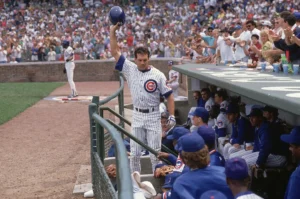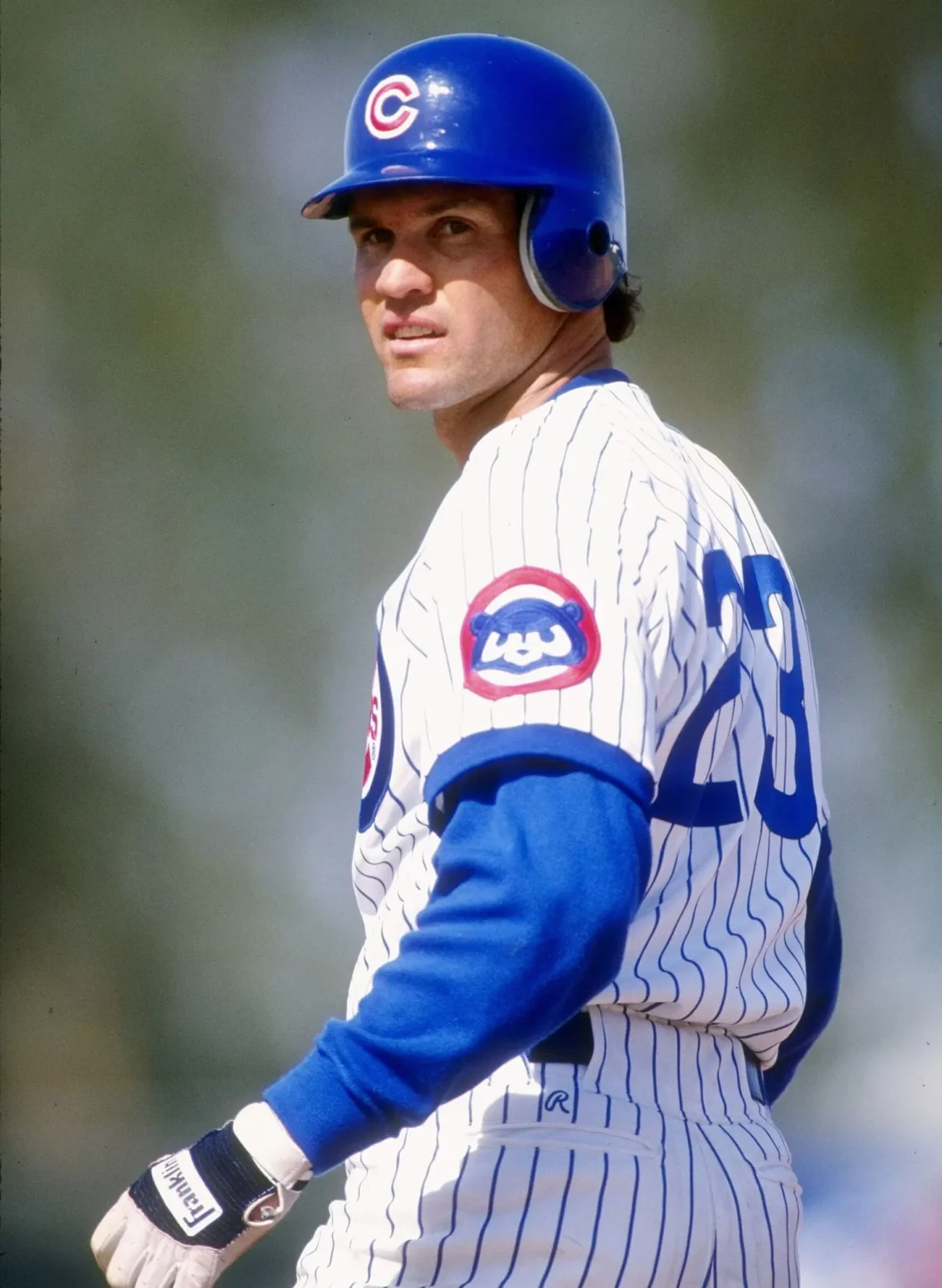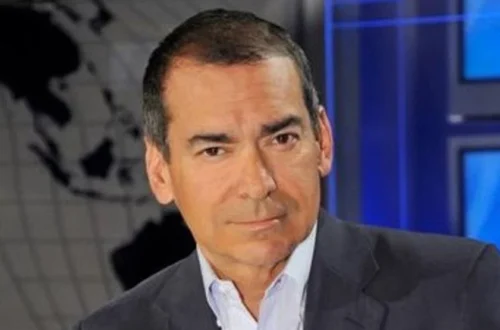Ryne Sandberg, the Hall of Fame second baseman whose smooth fielding and unexpected power at the plate made him one of baseball’s most admired players of the 1980s and ’90s, died Monday at age 65.
The Chicago Cubs announced Sandberg’s passing in a statement on social media but did not specify a cause or location of death. Sandberg, who had been living in Lake Bluff, Illinois, had battled metastatic prostate cancer, which he first disclosed in January 2024.
Known affectionately to Cubs fans as “Ryno,” Sandberg was a cornerstone of Chicago’s beloved 1984 and 1989 teams and remains a franchise icon decades after his final game. Over 16 MLB seasons — all but one spent with the Cubs — he redefined expectations for second basemen. Sandberg was a 10-time All-Star, 9-time Gold Glove winner, and the National League’s Most Valuable Player in 1984. He finished his career with a .285 batting average, 282 home runs, 2,386 hits, and 344 stolen bases.
He was inducted into the National Baseball Hall of Fame in 2005.
From Spokane to Wrigley Field

Born Ryne Dee Sandberg on September 18, 1959, in Spokane, Washington, he was the youngest of four children. His parents — a mortician and a nurse — were avid baseball fans and named him after Yankees pitcher Ryne Duren. His older brother, Del, was named after slugger Del Ennis.
Drafted in the 20th round of the 1978 MLB Draft by the Philadelphia Phillies, Sandberg made his major league debut in 1981. But it was a 1982 trade to the Cubs that changed the course of his career — and Cubs history.
The “Sandberg Game” and Rise to Stardom
Sandberg’s breakout came in 1984 under Cubs manager Jim Frey, who encouraged him to unlock his power at the plate. That June, he became a national sensation during a dramatic NBC Game of the Week against the rival St. Louis Cardinals. Twice, Sandberg tied the game with home runs off Hall of Fame closer Bruce Sutter — helping spark a 12-11 Cubs win in extra innings.
The performance — later dubbed the “Sandberg Game” — helped propel Chicago to its first postseason appearance in 39 years. That season, Sandberg batted .314 with 19 home runs and 84 RBIs, earning the NL MVP award and solidifying his place as the face of the franchise.
In 1990, he led the National League in home runs with 40 — an unprecedented feat for a second baseman.
Steady Greatness and Lasting Legacy
In 1992, Sandberg became Major League Baseball’s highest-paid player when he signed a $28.4 million contract extension. But his humility never wavered. A Sports Illustrated profile from that era described him as “shy, unassuming… a lock for the Hall of Fame,” who was more likely to quietly boot a grounder than spark controversy.
He retired unexpectedly during the 1994 season, only to return in 1996 and deliver one more solid campaign, hitting 25 homers and driving in 92 runs. He officially retired in 1997.
After his playing days, Sandberg transitioned into coaching and briefly managed the Philadelphia Phillies from 2013 to 2015. He later returned to the Cubs organization in an ambassador role.
Honored in Bronze
In June 2024, just weeks before his death, the Cubs unveiled a bronze statue of Sandberg outside Wrigley Field, immortalizing him in his trademark fielding stance. When asked about the design, he said it was hard to choose between depicting his offensive and defensive prowess — a testament to how seriously he took both sides of the game.
“I was all about equal offense and defense,” he told MLB.com. “That was my goal — both.”
Personal Life
Sandberg is survived by his wife, Margaret, whom he married in 1995. He had two children, Justin and Lindsey, from his first marriage to Cindy White, which ended the same year. He also leaves behind several grandchildren and a devoted fan base that spans generations.
Even in his final months, Sandberg remained a quiet but steady presence within the Cubs community, often appearing at events and maintaining the stoic grace that defined his career.






